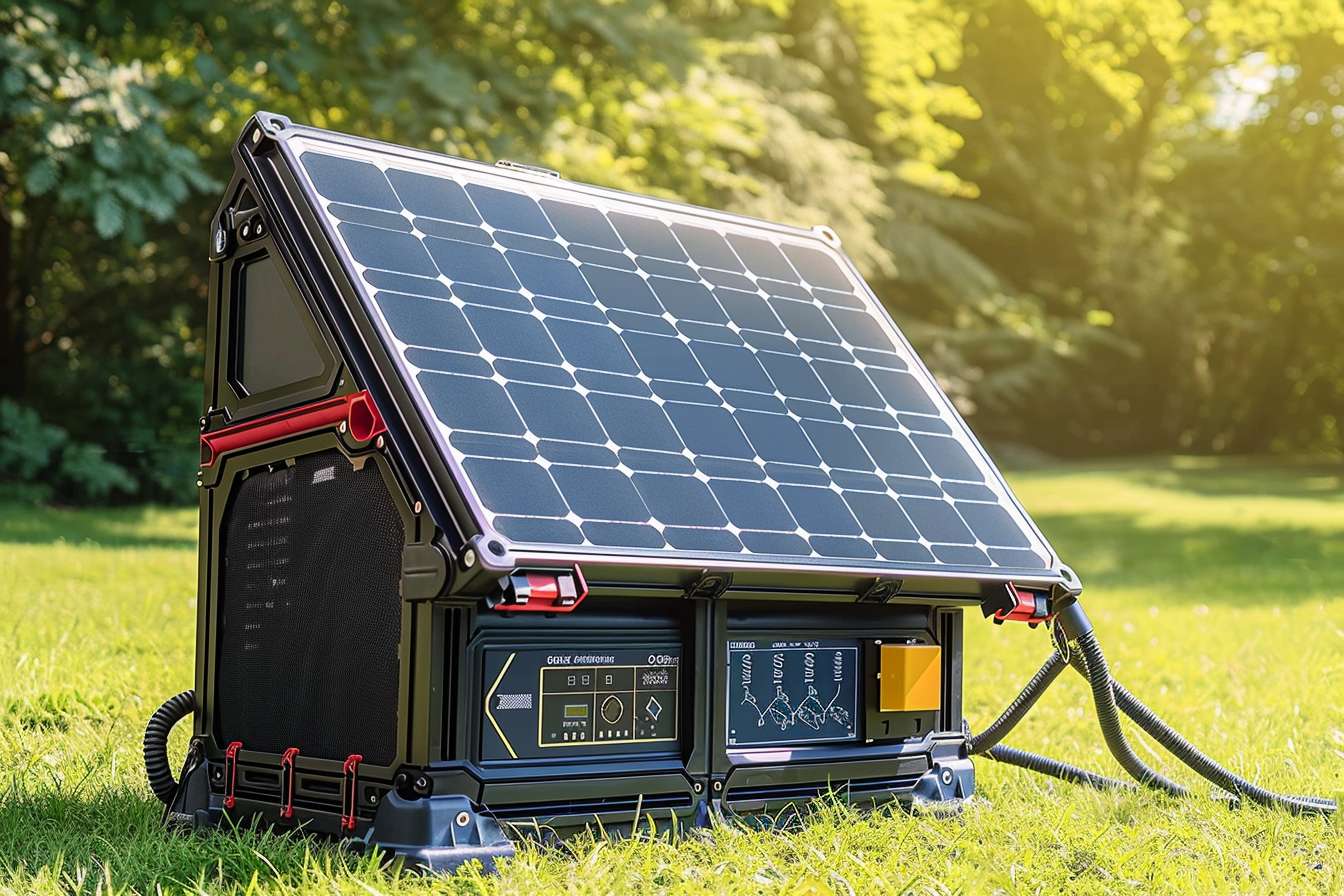What to Know Before Investing in an Off-Grid Solar Generator
Off-grid solar generators offer energy independence and environmental benefits, but require careful consideration of power needs, costs, and maintenance requirements. Understanding capacity, battery technology, and real-world performance helps ensure you choose a system that meets your specific energy demands while providing reliable backup power for your home or outdoor activities.

Off-grid solar generators represent a growing solution for energy independence, emergency preparedness, and sustainable power generation. These portable or stationary systems combine solar panels, batteries, and inverters to capture, store, and convert solar energy into usable electricity without relying on traditional grid connections.
Pros and Cons of Going Off-Grid Solar Generator
Solar generators offer significant advantages including zero fuel costs, silent operation, and minimal environmental impact. They provide reliable backup power during outages, reduce electricity bills, and offer energy independence from utility companies. The technology requires no ongoing fuel purchases and produces clean energy with virtually no maintenance beyond basic cleaning and battery care.
However, limitations include high upfront costs, weather dependency, and limited power output compared to traditional generators. Battery capacity restricts runtime, and cloudy conditions reduce charging efficiency. Initial investment can be substantial, and power output may not support high-energy appliances like electric heating systems or large air conditioning units.
Cost and Maintenance Insights
Solar generator systems vary significantly in price based on capacity, battery technology, and included components. Entry-level portable units start around $500-$1,500 for basic camping needs, while whole-home backup systems range from $3,000-$15,000 or more. Installation costs, additional solar panels, and professional setup add to total investment.
Maintenance requirements remain minimal compared to fuel-powered alternatives. Regular tasks include cleaning solar panels, checking connections, and monitoring battery health. Lithium batteries typically last 10-15 years with proper care, while lead-acid options may require replacement every 3-5 years. Annual maintenance costs generally stay under $200 for most residential systems.
Key Factors to Consider Before Buying
Power requirements represent the most critical consideration when selecting a solar generator. Calculate your essential energy needs by listing devices you want to power and their wattage requirements. Consider both continuous power needs and surge requirements for starting motors or compressors.
Battery technology significantly impacts performance and longevity. Lithium iron phosphate (LiFePO4) batteries offer longer life cycles, faster charging, and better temperature tolerance but cost more initially. Lead-acid batteries provide lower upfront costs but require more maintenance and replacement cycles.
Solar panel capacity must match your charging needs and available sunlight hours. Consider expandability options, as many systems allow additional panels for faster charging or increased daily energy production.
| System Type | Provider | Capacity Range | Cost Estimation |
|---|---|---|---|
| Portable Units | Goal Zero | 150-6000Wh | $200-$6,000 |
| Home Backup | Tesla Powerwall | 13.5kWh | $11,000-$15,000 |
| RV Systems | Renogy | 100-2000Wh | $300-$3,000 |
| Emergency Backup | Jackery | 240-2160Wh | $200-$2,500 |
| Whole Home | Generac PWRcell | 9-36kWh | $10,000-$20,000 |
Prices, rates, or cost estimates mentioned in this article are based on the latest available information but may change over time. Independent research is advised before making financial decisions.
Location and climate affect system performance significantly. Areas with consistent sunlight maximize charging efficiency, while regions with frequent cloud cover may require larger battery capacity or backup charging methods. Temperature extremes impact battery performance and lifespan, requiring consideration of operating conditions.
Installation complexity varies from simple plug-and-play portable units to complex whole-home systems requiring professional electrical work and permits. Consider local regulations, building codes, and utility interconnection requirements for larger installations.
Warranty coverage and manufacturer support influence long-term satisfaction and system reliability. Research company reputation, customer service quality, and warranty terms before making final decisions. Consider local service availability and replacement part accessibility for ongoing support needs.




